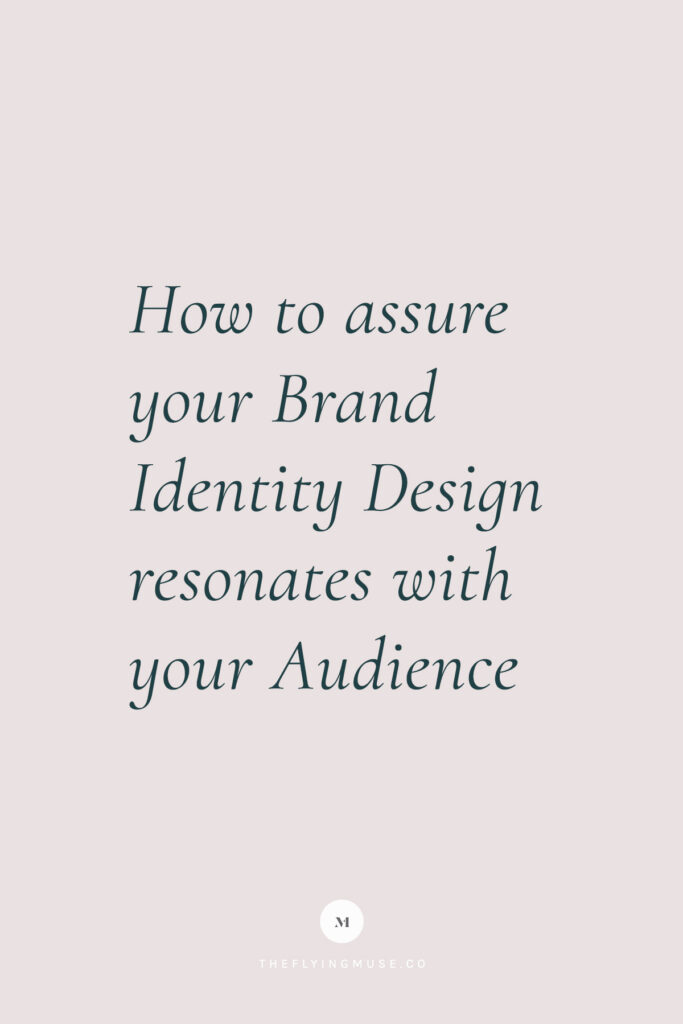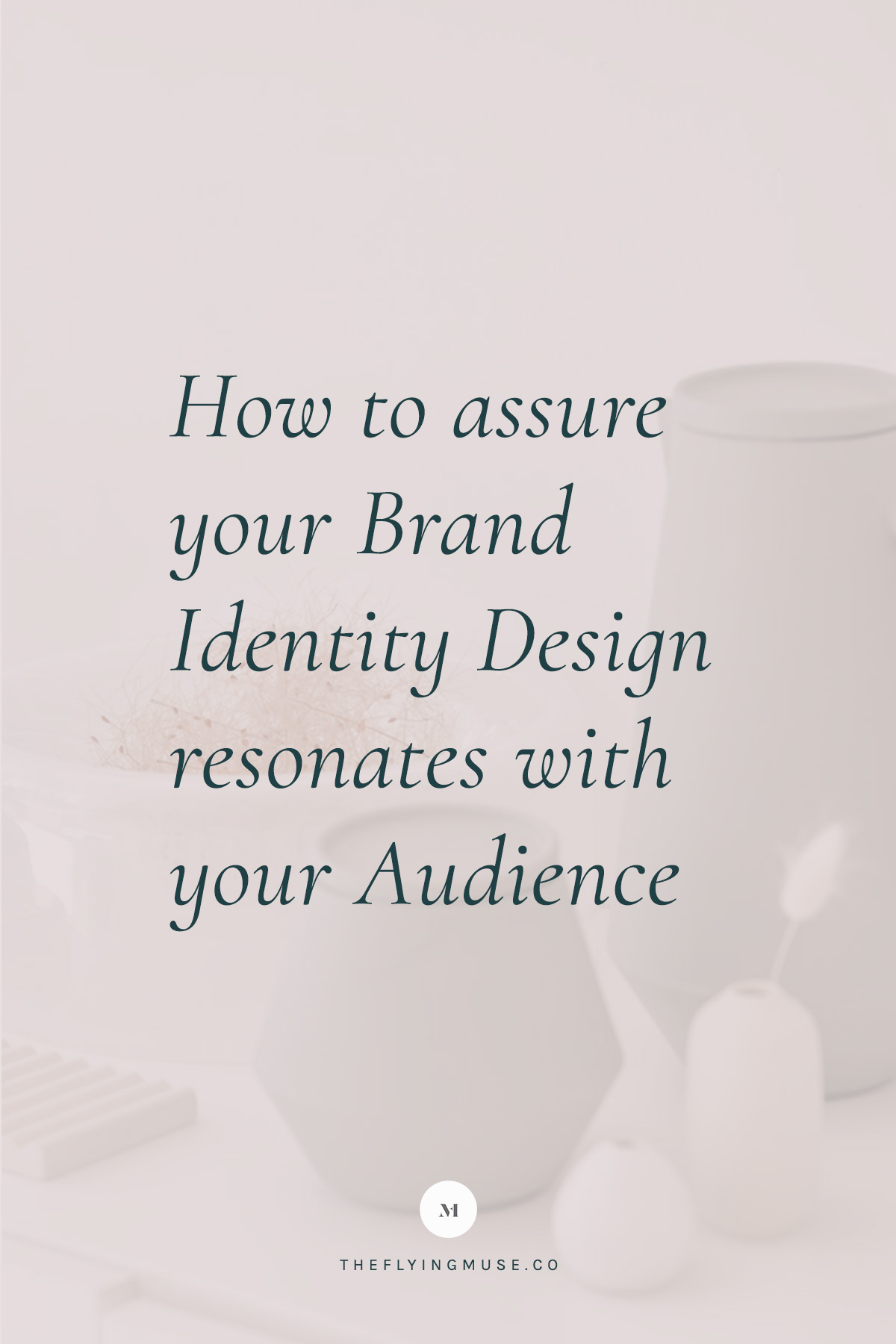Crafting a Brand Identity Design that connects to your audience in a meaningful and authentic way, is remembered, understood, and emotionally felt is one of the biggest challenges.
And, especially when it comes to one of the biggest issues of making a distinction between personal aesthetics design preferences and design aesthetics that are strategically designed to connect with your audience.
I saw one post today in one of the Facebook groups I follow.
The original poster wanted some tips on how to change her logo colors.
BUT! There isn’t a simple solution to do some simple changes here and there!
Sorry if I disappointed you! But that is the truth!
And, if you want to connect to your audience and your message to get remembered, understood, and emotionally felt in a way your audience sense that authentic and emotional connection with your brand, make sure you read on and not just simply skip this post.
Table of Contents
- How to assure your brand identity design resonates with your audience
- Key Takeaway: How to assure your Brand Identity Design resonates with your Audience
How to assure your brand identity design resonates with your audience
Choosing colors is part of your branding strategy and is especially important and connected to your audience and not to yourself.
One of the most overlooked things I keep seeing Entrepreneurs do is choosing typography and color palette that resonates with them and not with their audience.
And that is by far THE biggest mistake all of them do.
I get it – it is challenging to do this on your own when you are just starting out and especially if you are on a tight budget.
There are a few tips to take into account, though.
1 | Who your ideal client is?
Start with the very basics like: is your ideal client male, female? Where do they hang out? Are they attracted to Disney or Victoria’s Secret? Would they be attracted to luxury or they do not care about that at all?
2 | When it comes to aesthetics, what their preferences are?
After all your branding has very little to do with you and is all about them. Your personal connection with your brand comes second and is of much less significance. Can definitely help for you to remain motivated and stay positive about your brand. However, the most important is for your clients or audience to know how they should feel about your brand on every single touch point.
3 | Less is more
Cluttered logos and brand identity design steer away from the attention of your ideal client. The average attention time span of a person when they come across your brand or any information online is 3 seconds only.
Make sure your brand identity design is easy for the eye to consume, process, and remember in those 3 seconds.
If it does not, that means you should get back to your drawing board.
4 | Convey the right message
There are some business names that are very long and some are very short.
Some are like glued words together and therefore hard to remember and process.
If your business name is too long, try to break it down by styling smaller sections differently.
If your business name is an abbreviation or even a word that doesn’t really exist, make sure your tagline explains what you do.
5 | Don’t go for just about any font
Fonts aka Typography have their personality type.
For some brands because of the audience, the brand is targeting, typography will be better to be sans serif, especially if one of your brand goals is to increase legibility.
Sans serifs are usually also widely used by Tech-related brands, while Serifs are usually used by Lawyers or Luxury brands.
Again, it really doesn’t matter if you personally like the font or not, since it is not for you but for your audience!
If your budget allows for a professional brand identity designer who will handpick fonts for you go for it! A professional brand designer will definitely ease the process for you and will add value to your brand with a custom brand identity design.
For those of you who aren’t there yet, you can check our article on the Best Free Google fonts we handpicked, ones who can use for your next design project.
6 | Legibility
One of the most common mistakes I see is overcomplicating a logo or making the typography in your marketing materials and copy too small or too thin.
Always, always, double-check how the font looks across screen sizes and across browsers.
Color and contrast plays significant role in increasing your brand’s user experience, and especially when it comes to typography.
If your audience is 45+ or eyesight impaired in any way, make sure your text is always good to read.
Key Takeaway: How to assure your Brand Identity Design resonates with your Audience
Do you think your branding is aligned to your ideal client yet portrays you in an authentic way? Or do you feel like something is missing?
Let me know in the comments below!



